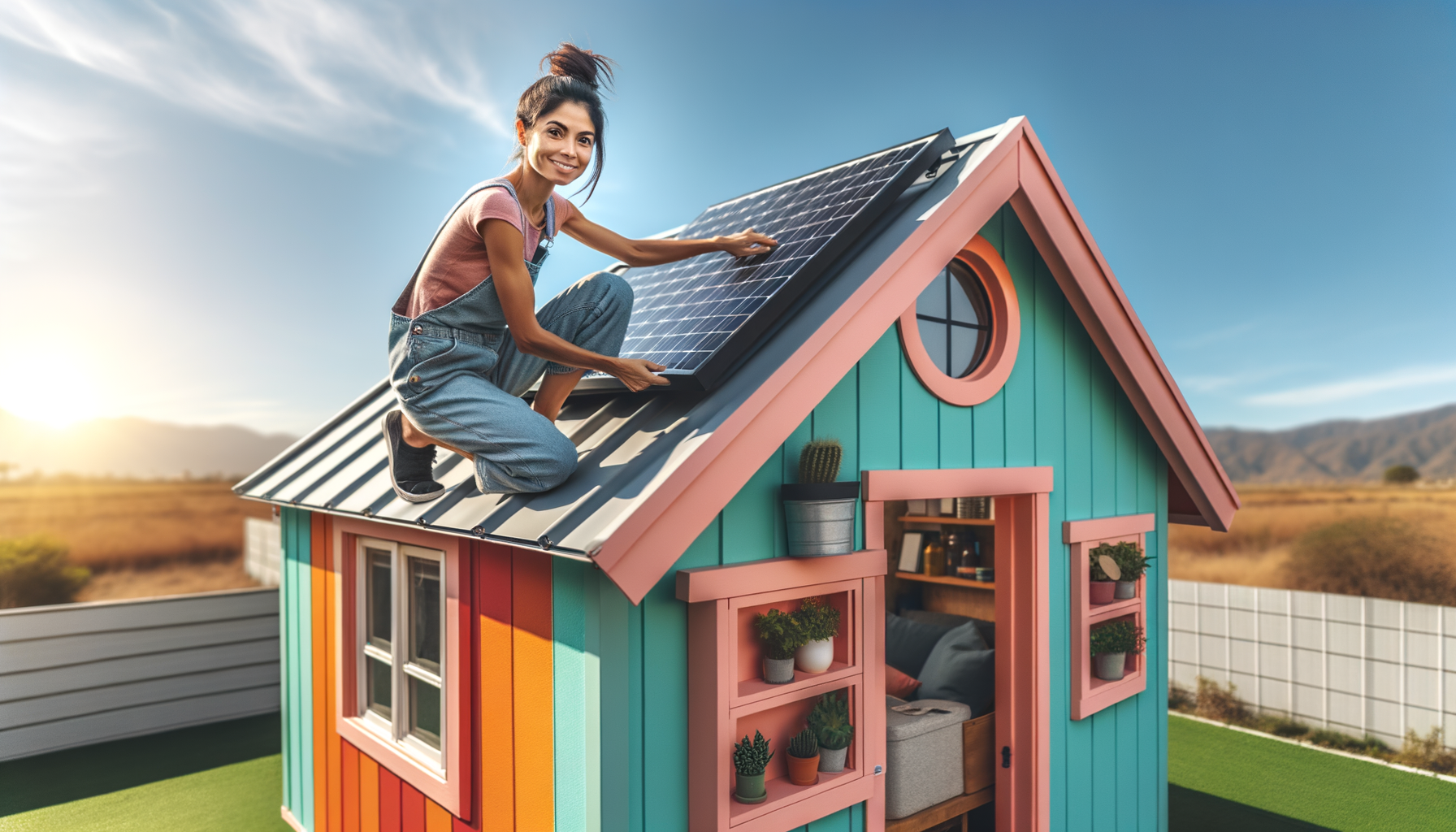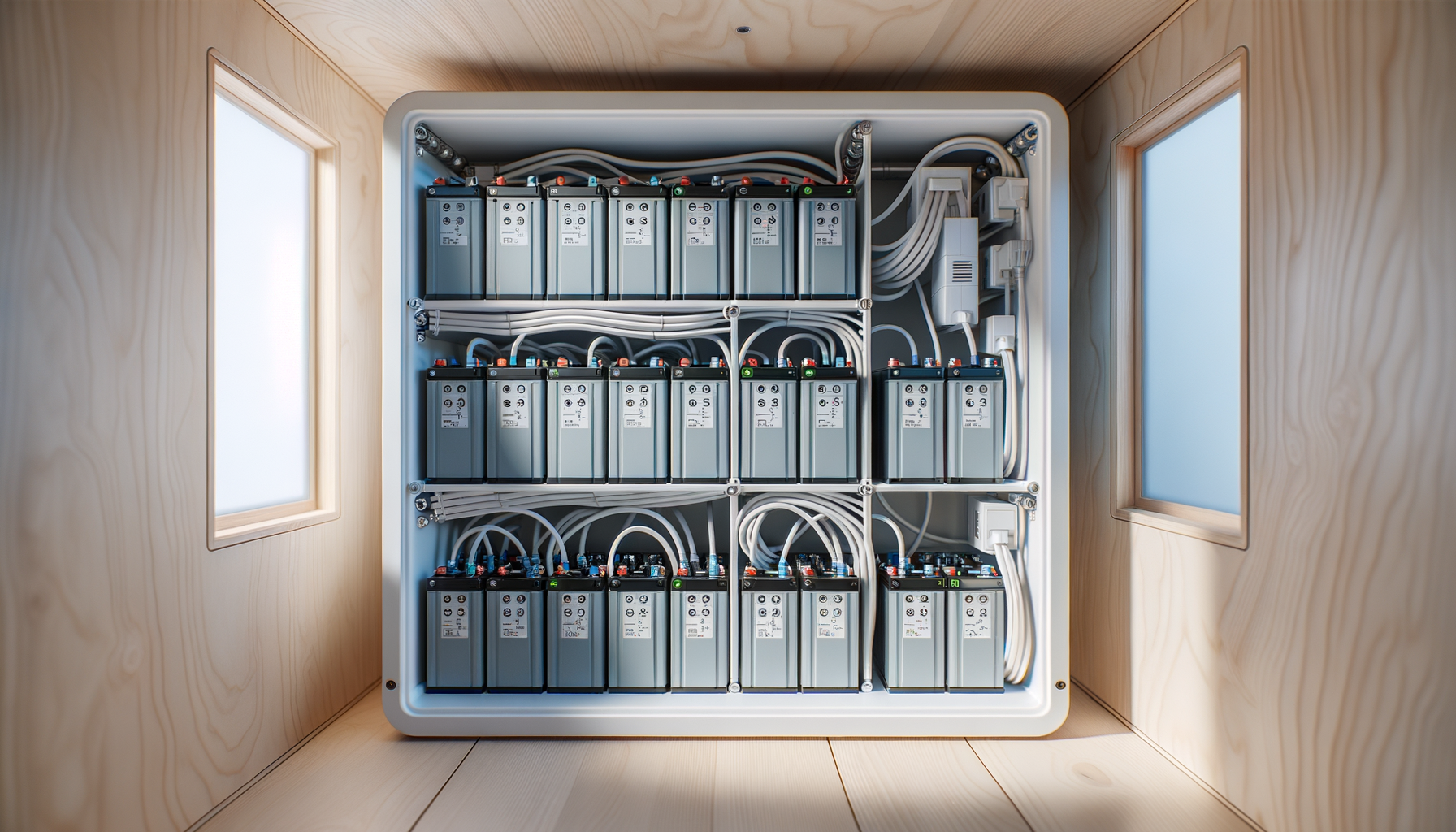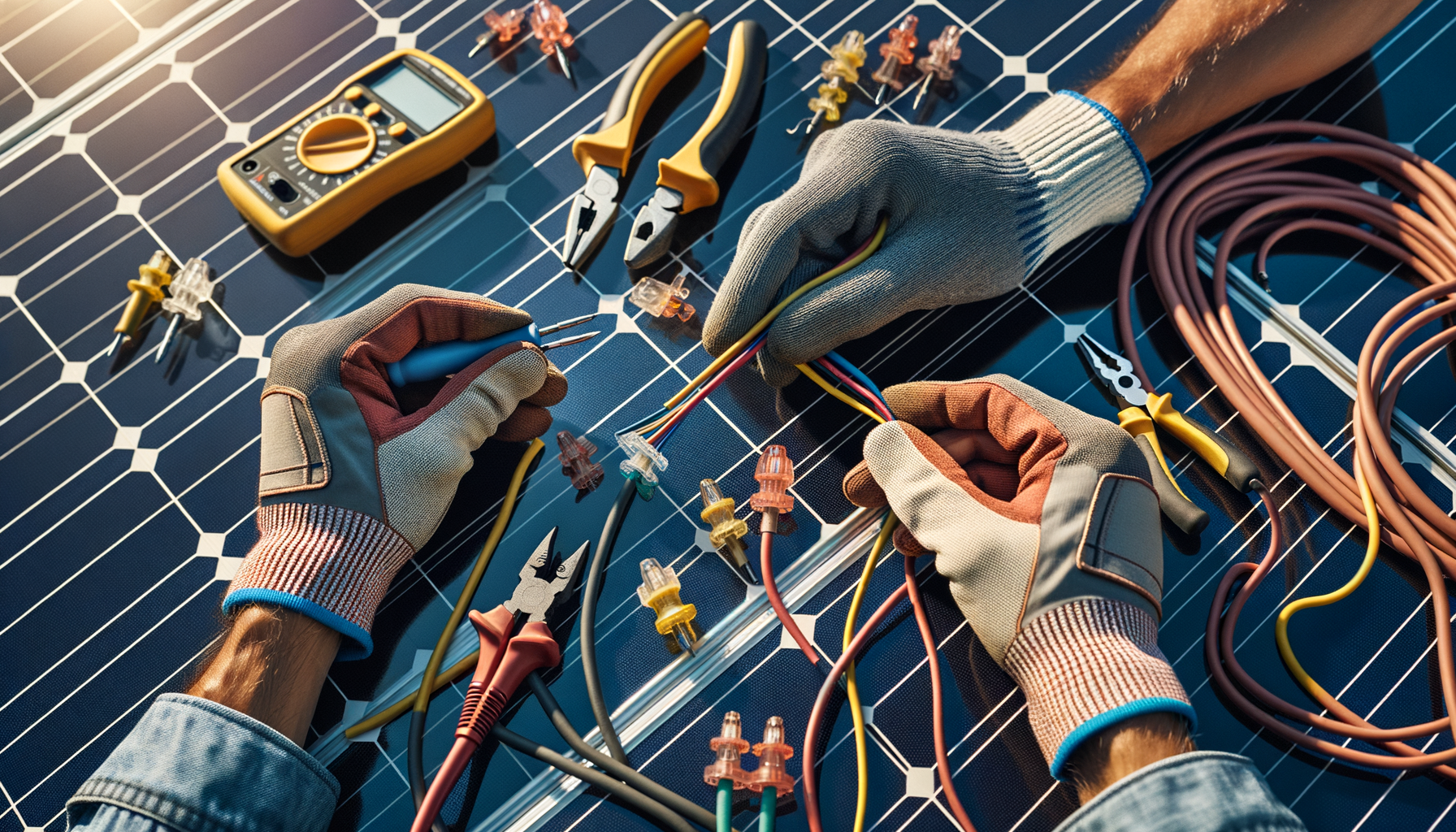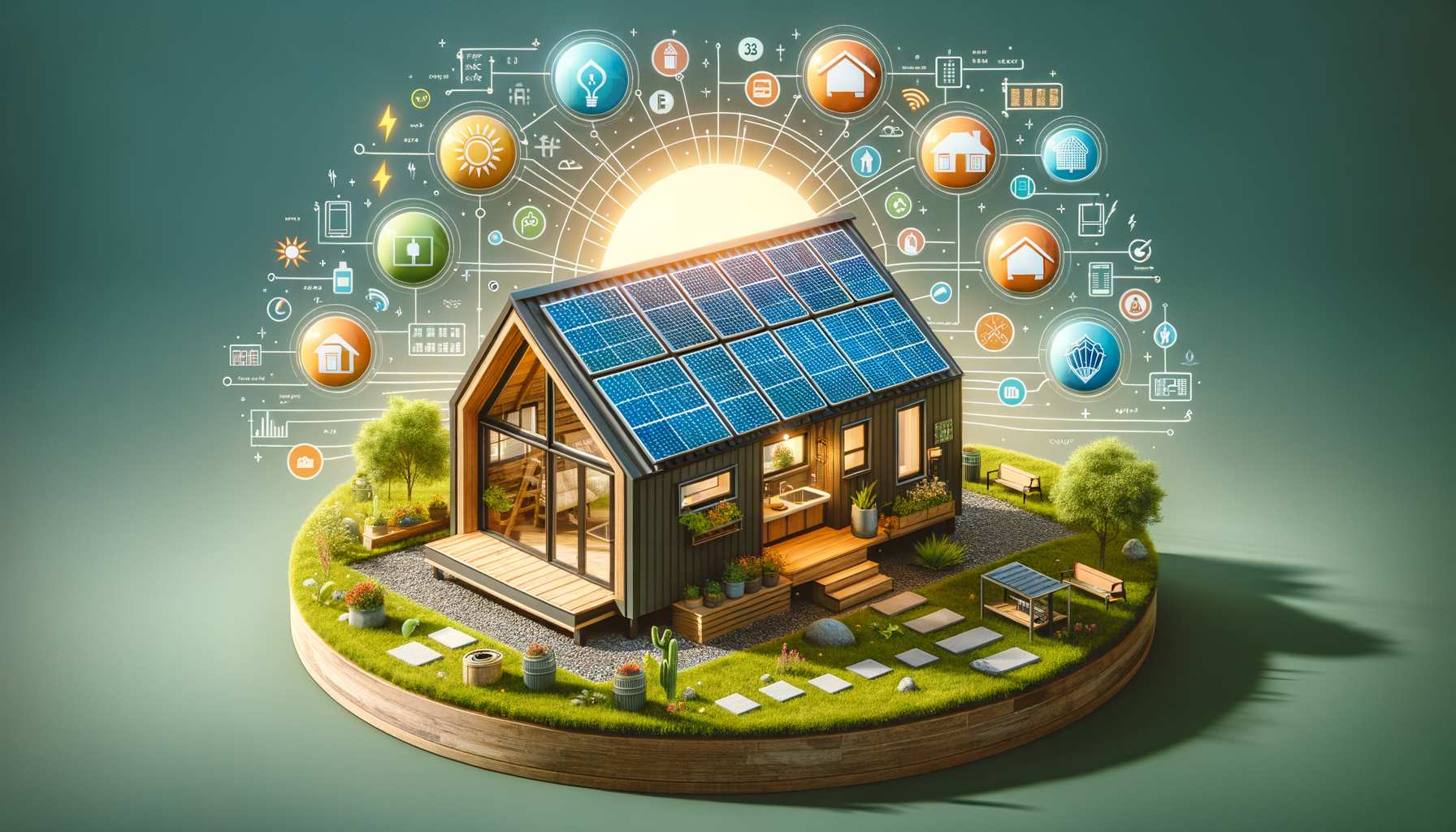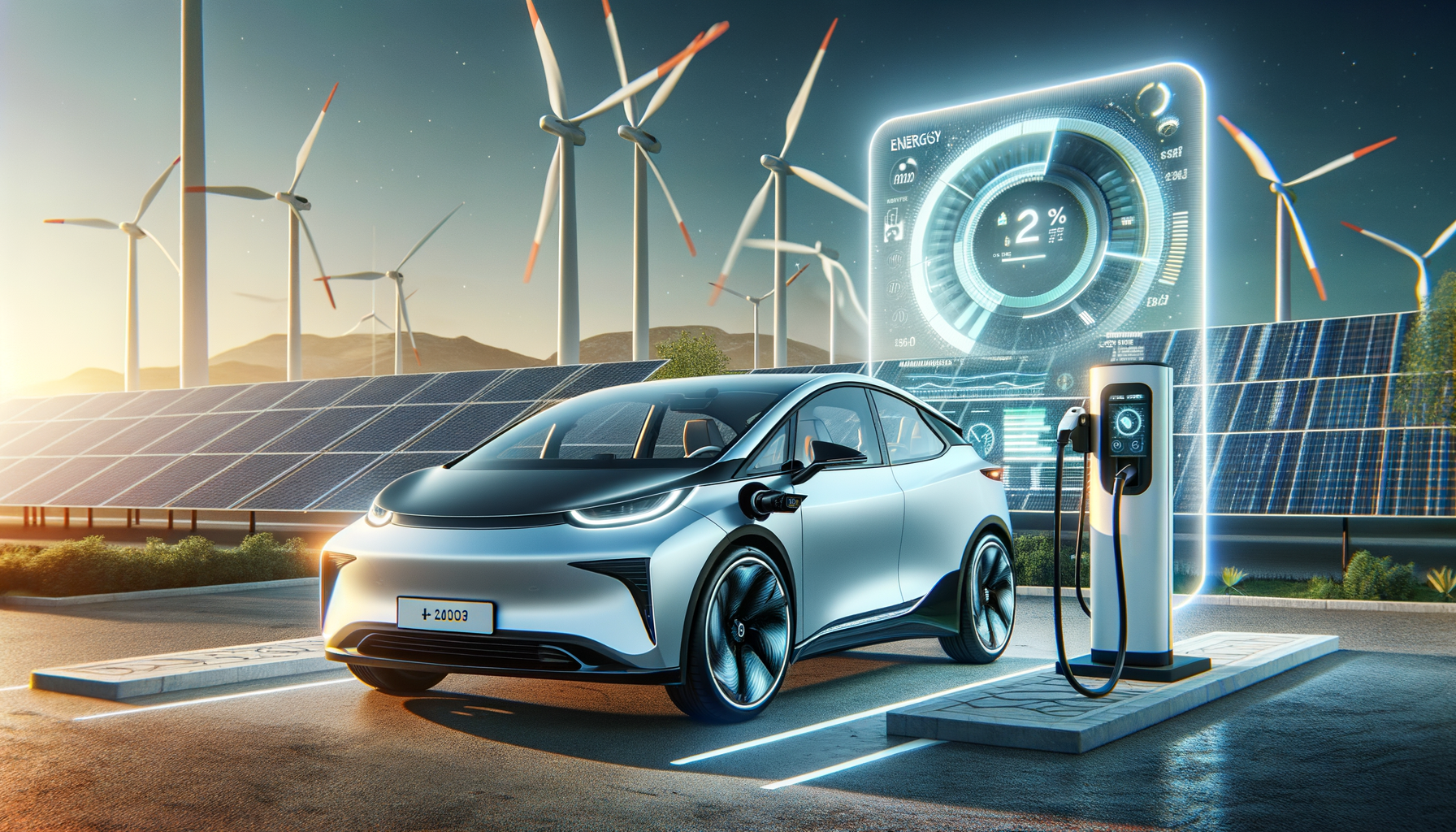Harnessing the Sun: A DIY Guide to Solar Panels for Tiny Homes
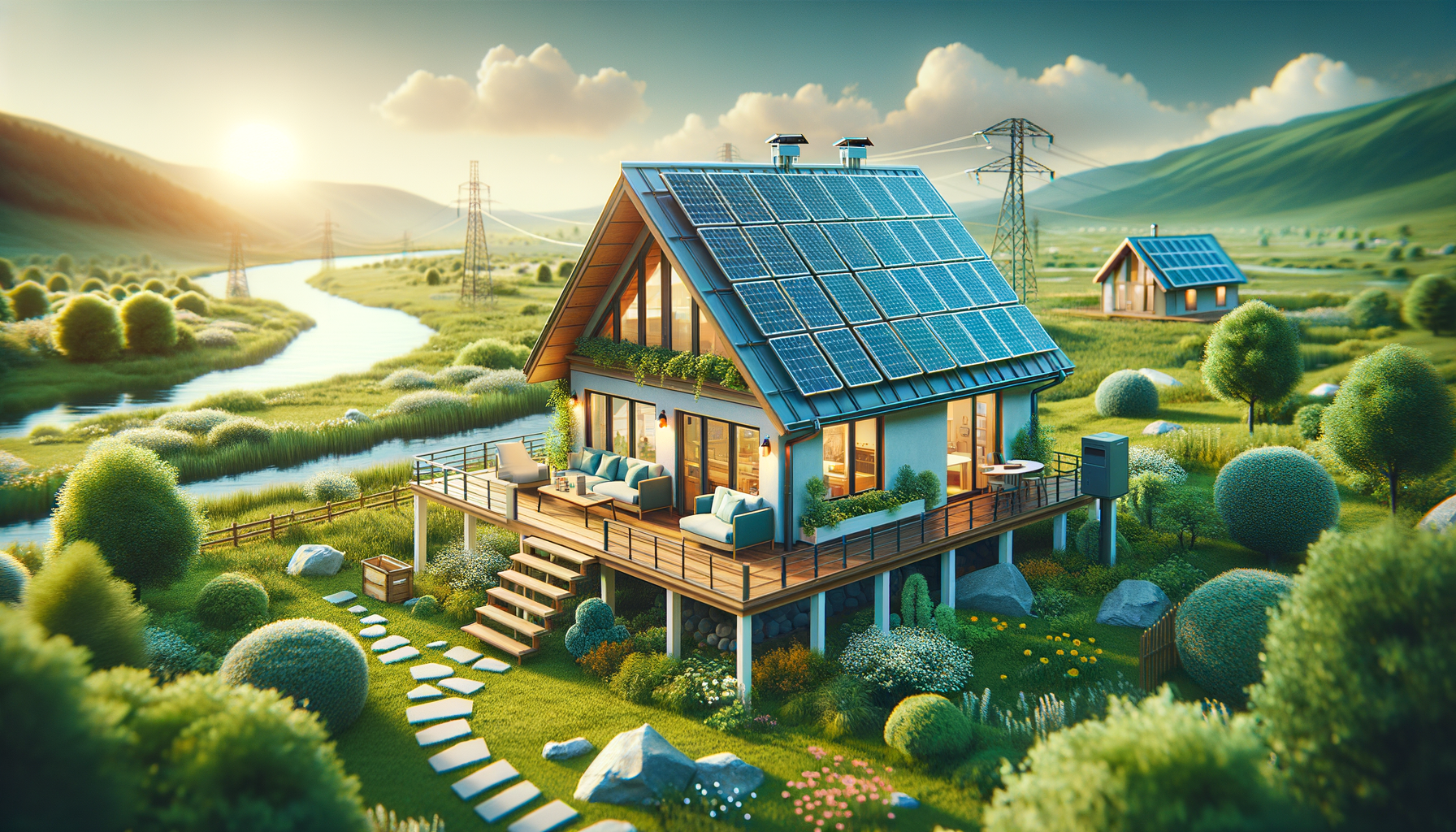
Updated 4 months ago
Harnessing the Sun: A DIY Guide to Solar Panels for Tiny Homes
If you're embracing the tiny house movement and aiming for a more sustainable and self-sufficient lifestyle, solar power is your natural ally. Not only does it reduce your carbon footprint, but it can also lead to significant savings on energy costs. This detailed guide will walk you through the process of installing do-it-yourself solar panels for your tiny home, offering insights into the considerations, materials, and steps necessary to make your home powered by the sun.
Understanding Solar Power Basics
Before you embark on your solar journey, it's important to understand the fundamentals of solar energy. At its core, a solar power system for a tiny home operates the same as any residential solar setup but on a smaller scale. It includes solar panels, an inverter, a battery bank for energy storage, and the appropriate wiring and control systems.
Why Choose Solar for Your Tiny Home?
- Reduced Energy Bills: With solar panels, you can generate your own electricity, cutting down or even eliminating your dependence on the grid.
- Environmental Impact: Solar energy is clean, renewable, and helps reduce greenhouse gas emissions.
- Off-grid Capability: Perfect for tiny homes on wheels or in remote locations where traditional power sources aren't practical.
- Increased Self-sufficiency: Being in control of your own power supply can be both empowering and cost-effective.
Assessing Your Solar Needs
To determine the size of your solar panel system, you need to assess your energy needs. Start by calculating the daily energy consumption of your tiny home. Add up the wattage of all appliances and devices you expect to use and estimate how many hours per day each will be in operation. This will give you a rough estimate of your daily energy requirements.
Planning Your Solar Panel System
Choosing the Right Solar Panels
There are quite a few types of solar panels on the market, but for tiny homes, the most popular are:
- Monocrystalline: Known for high efficiency and durability, though they are usually pricier.
- Polycrystalline: A more affordable option with slightly lower efficiency compared to monocrystalline.
- Thin-film: These are flexible and lightweight, which might be a good option for mobile tiny homes.
Mounting Options
Consider whether you want to mount the panels on the roof of your tiny home or on a separate structure. Roof-mounted systems save space, but they may be less efficient if the roof isn't angled optimally towards the sun. Ground-mounted systems take up more space but can be angled for maximum efficiency.
Installation Process
With a plan in place, it's time to start the installation. Here are the steps you'll usually need to follow:
- Mounting the Solar Panels: Whether on the ground or your roof, make sure the panels are securely mounted and tilted at the angle that will get you the most sunlight.
- Wiring the Panels: Connect your solar panels to the solar inverter. Keep in mind that this step often requires knowledge of electrical systems, so if you're not confident, seek professional help.
- Attaching the Inverter: Usually installed near the main panel, the inverter converts the DC electricity generated by the panels into AC electricity you can use in your home.
- Setting Up the Battery Bank: If you plan on storing energy for use when the sun isn't shining, you'll need to install a battery bank.
- Final Connections: With all the components in place, make the final connections to your tiny home's power system, following all safety guidelines.
Safety and Legal Considerations
Always keep local codes and regulations in mind. Some areas may require a permit for solar panel installation or have specific guidelines on how and where you can mount them. Moreover, it's critical to follow electrical codes to ensure your system is safe and legal.
Maintenance and Troubleshooting
Solar panel systems require minimal maintenance, typically involving cleaning the panels and checking connections. However, if you experience a dip in performance, you may need to troubleshoot the issue or consult with a professional.
Conclusion
Transitioning your tiny home to solar power is an exciting step towards self-sufficiency and sustainability. While it requires some upfront investment and planning, the rewards of generating your own clean energy are plentiful. Always research your options thoroughly and consider consulting with a professional for certain steps of the process, if necessary.
If you're ready to start your solar journey, enter your zip code below for a free estimate on a custom solar panel setup designed for your tiny home's unique needs.
Taking control of your energy needs has never been easier. With the right tools, a solid plan, and a bit of elbow grease, you can make the vision of your solar-powered tiny home a reality. Good luck on your journey to harnessing the power of the sun!
